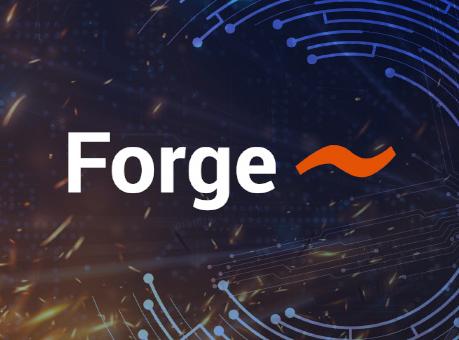
Skills-Based Analytics Transform Hiring and Talent Management
Workforce Transformation, Workforce of the Future, Digital Solutions, Digital Transformation Technologies, Data Management, Data & Analytics, Human Capital Analytics & The Workforce of the FutureWith 76% of hiring managers listing attracting the right job candidates as their greatest challenge, the race to find and apply the right sophistication and tools to understand an organization’s workforce and talent pipeline has never been more critical. Historically, organizations reviewed static resumes nearly identical in style and presentation, and rewarded characteristics, such as years of experience, academic achievement, and titles. As practices shift away from these poor proxies for employee qualification in today’s fast-paced environment, organizations seek to measure and understand the true skills needed for success in a role.
Members of LMI’s human capital solutions and advanced analytics & artificial intelligence teams joined other analytic and human resource (HR) leaders at the global HR Technology Conference to discuss the challenges with optimizing the right mix of new technology and best practices in acquiring the right workforce for their organizations. The conference showcased hundreds of vendors with solutions and use cases spanning the HR lifecycle, from talent identification and pipeline management through novel incentive models and workforce analytics.
A Skills-Centric Approach: Workforce Skills and Integration
The conference consistently focused on the theme of workforce skills, including skills identification, skills analysis, skills planning, skills mapping, and, most critically, the integration of these activities. The fundamental argument: organizations that invest in and prioritize skills excel in today’s hyper-competitive talent market and will outpace their peers and management competitors in business outcomes and effectiveness. A skill-based talent marketplace disrupts the status quo of how an individual’s value, suitability, potential, and mindset as an employee has historically been evaluated.
What does a shift to a skills-centric approach for talent mean in practice? Haven’t organizations always emphasized skills for promotions or hiring? Are we applying the right skill level and experience to the task intentionally? When the nature of the tasks change, does the composition of the workforce innovate at the pace change? While not a new concept, often skills management was unsophisticated and reactive.

A skills-centric focus deprioritizes secondary aspects of an individual’s experience and background (industry, title, role, degree, etc.), instead emphasizing data and analytics, resulting in the following:
- Understanding an organization’s unique skill requirements better.
- Developing a more detailed and thorough appreciation of the skills in an organization’s workforce.
- Enlarging the pool of candidates by targeting skills versus experiences—aiding recruiters and managers with visibility of non-traditional talent for the industry or field.
- Uncovering opportunities to influence employee experience and satisfaction more effectively.

LMI’s Solution: The Human Capital Data Analytics Platform
Since early 2020, when the COVID-19 pandemic started impacting talent, LMI has invested heavily in developing perspectives and solutions to help our customers remain ahead of the curve—particularly understanding their workforces and fulfilling their talent requirements. Recognizing the evolution of talent analytics, LMI grounded our investments in fostering a robust understanding of workforce skills as a foundational capability.
As an internal research and development project, LMI created the Human Capital Data Analytics platform to tackle the skills-forward nature of today’s hiring, retention, and resource allocation challenges. The SKILLS module of this platform pulls data from enterprise skill databases and resumes and predictively parses individual skills, gracefully handling forgotten inputs, synonymy, and skill hierarchies. Through this module, enterprises gain a precise, evolving understanding of their in-house skills. Furthermore, the probabilistic nature of the SKILLS module supports shortest-path upskilling: finding the existing employees who can most easily obtain in-demand skills. When combined with the platform’s PREDICTIVE ATTRITION module, the SKILLS module helps hiring managers understand how skills relate to attrition risk at the individual level and forecast backfill requirements based on skills, rather than rough proxies, like job category.
With the rapid evolution of employer-employee dynamics, employees expect more from their employers—both for optimizing the application of their skills and supplying them with the ability to grow those skills through non-traditional roles. Combining the latest analytic tools and techniques and the wealth of data that organizations maintain on their workforces creates the opportunity to align employer goals with employee demands better than ever before. This alignment begins by prioritizing skills—those you need, those you have, and those you need to develop or acquire.
As an internal research and development project, LMI created the Human Capital Data Analytics platform to tackle the skills-forward nature of today’s hiring, retention, and resource allocation challenges.


Keith Rodgers
Sr. Vice President, Digital & Analytic SolutionsKeith brings nearly two decades of experience in leveraging innovative techniques to assess organizational performance and challenges.


Brian Tonge
Vice President, Enterprise OperationsBrian has nearly 15 years of experience leading enterprise and organizational transformation initiatives. He helps leaders assess, design, and improve approaches that enhance business performance and outcomes, specializing in the adoption of tailored analytic tools.


